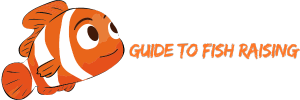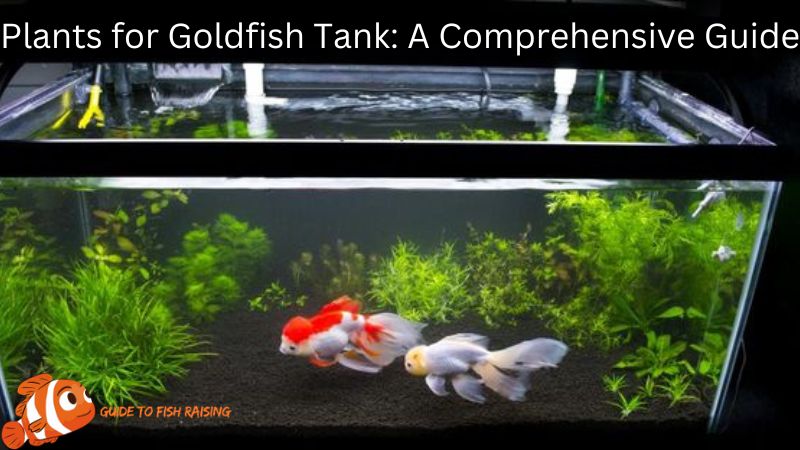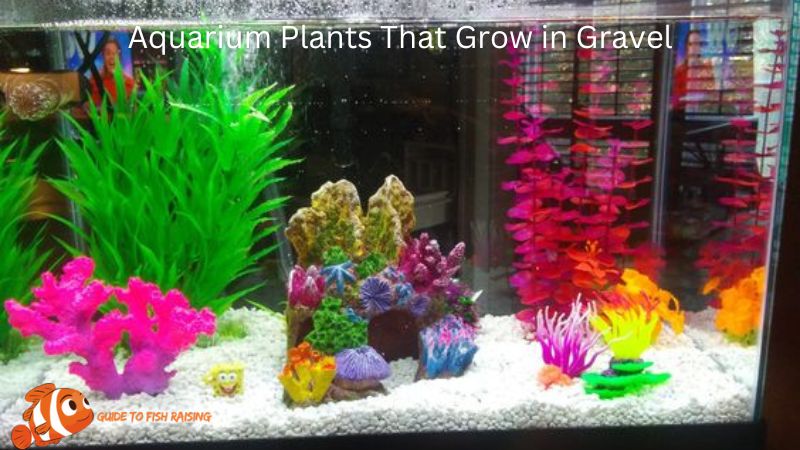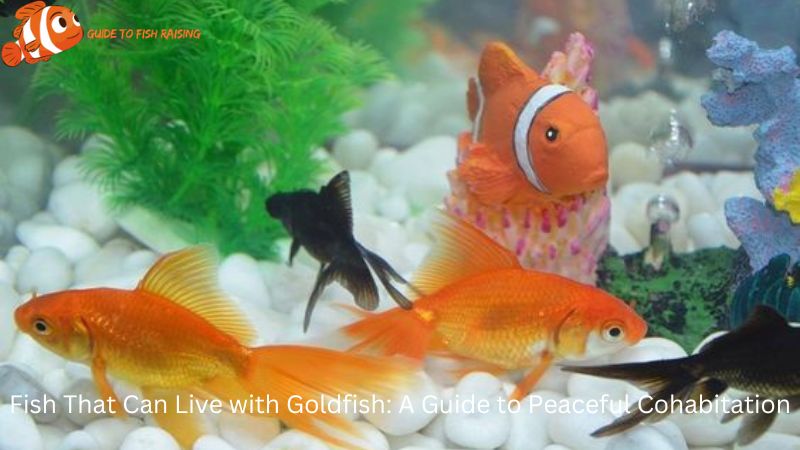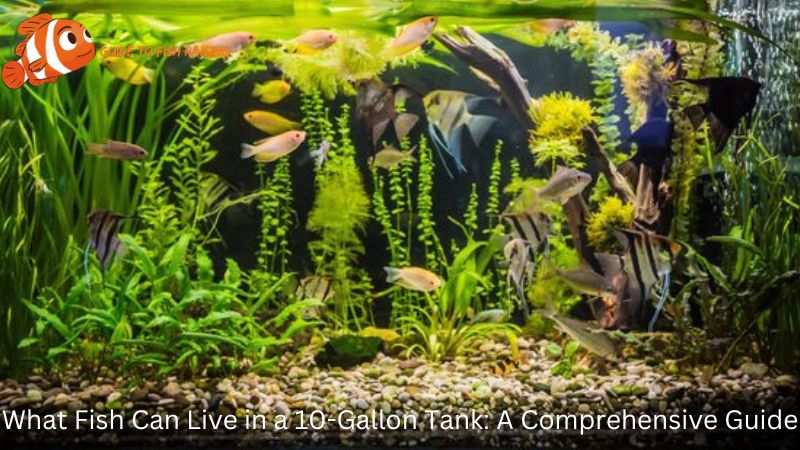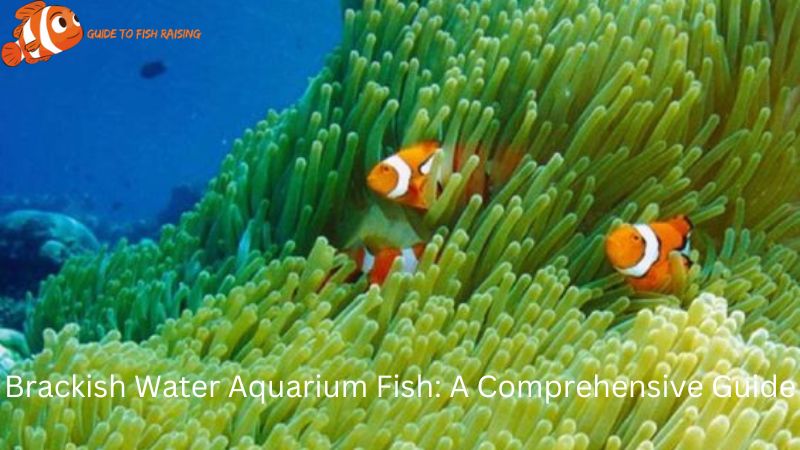Goldfish are among the most popular pets worldwide due to their vibrant colors and relatively low maintenance. However, creating an optimal environment for them requires careful consideration, particularly when it comes to selecting plants for Goldfish tank. This article Guide to Fish Raising delves into the importance of having plants for goldfish tank, the best plant species to choose, and how to care for them effectively.
Table of contents
ToggleImportance of Plants in a Goldfish Tank
Plants play a crucial role in any aquarium, and a goldfish tank is no exception. Here are some reasons why plants are essential:
- Natural Filtration: Plants help in filtering the water by absorbing nitrates, which are harmful to fish if accumulated in high levels. They also consume carbon dioxide and release oxygen, contributing to a healthier tank environment.
- Aesthetic Appeal: A well-planted tank is visually appealing. It creates a natural habitat that mimics the goldfish’s native environment, making the tank more attractive.
- Shelter and Security: Plants provide hiding spots for goldfish, making them feel secure. This is particularly important for reducing stress, which can impact their health.
- Algae Control: Plants compete with algae for nutrients, thus helping to keep algae growth under control.
- Behavioral Enrichment: Goldfish are known to interact with their environment. Plants offer a source of stimulation and exploration, enhancing their quality of life.
Best Plants for Goldfish Tanks
Before diving into plant selection, it’s important to acknowledge the unique challenges goldfish pose to aquatic plants. Their powerful jaws and tendency to dig can decimate delicate plant life. To succeed, we need to focus on hardy, resilient species that can withstand their aquatic antics.
1. Anubias
Anubias is a hardy plant that can withstand the rough treatment goldfish might give it. It has thick leaves that are not easily eaten and can grow in low-light conditions. Anubias can be attached to rocks or driftwood, which prevents them from being uprooted.
Care Tips:
- Light: Low to moderate
- CO2: Not necessary
- Placement: Attach to rocks or driftwood
2. Java Fern (Microsorum pteropus)
Java Fern is another resilient plant perfect for goldfish tanks. Its leathery leaves are not palatable to goldfish, and it grows well in various water conditions. It can be anchored to rocks or driftwood, making it difficult for goldfish to uproot.
Care Tips:
- Light: Low to moderate
- CO2: Not necessary
- Placement: Attach to rocks or driftwood
3. Hornwort (Ceratophyllum demersum)
Hornwort is a fast-growing, floating plant that can thrive in a goldfish tank. Its needle-like leaves are not very appealing to goldfish, and it helps in controlling algae by absorbing excess nutrients.
Care Tips:
- Light: Moderate to high
- CO2: Not necessary
- Placement: Can be left floating or anchored
4. Cryptocoryne
Cryptocoryne species, or Crypts, are low-maintenance plants that can tolerate the occasional nibbling by goldfish. They come in various sizes and colors, adding diversity to the tank.
Care Tips:
- Light: Low to moderate
- CO2: Beneficial but not necessary
- Placement: Plant in the substrate
5. Amazon Sword (Echinodorus amazonicus)
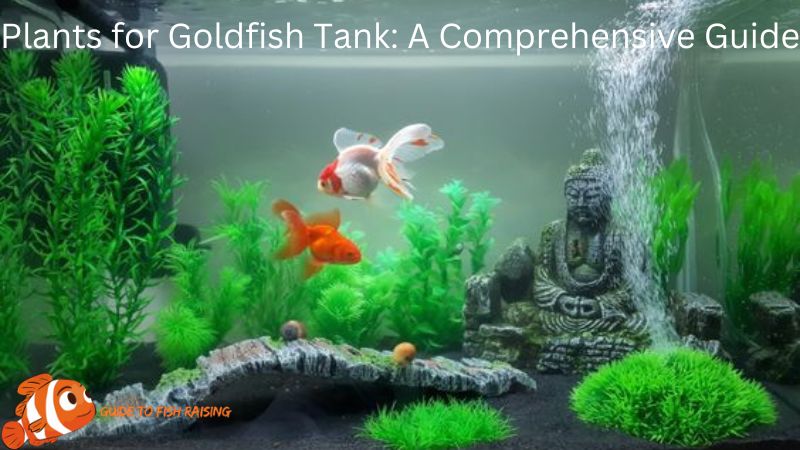
Amazon Sword is a robust plant with broad leaves that goldfish typically leave alone. It requires a nutrient-rich substrate and moderate light to thrive.
Care Tips:
- Light: Moderate
- CO2: Beneficial but not necessary
- Placement: Plant in the substrate
6. Water Sprite (Ceratopteris thalictroides)
Water Sprite is a versatile plant that can be grown floating or planted. It grows quickly and provides excellent cover for goldfish. Its soft, fern-like leaves are usually left untouched by goldfish.
Care Tips:
- Light: Moderate to high
- CO2: Not necessary
- Placement: Floating or planted in the substrate
Caring for Plants in a Goldfish Tank
Maintaining healthy plants in a goldfish tank requires understanding their specific needs and the tank conditions. Here are some general tips:
1. Lighting
Most aquatic plants need light to photosynthesize. The amount of light required varies between species. It is essential to provide an appropriate light spectrum and duration to encourage healthy growth. Typically, 8-10 hours of light per day is sufficient.
2. Substrate
A nutrient-rich substrate is beneficial for root-feeding plants like Cryptocoryne and Amazon Sword. Options include specialized plant substrates or adding root tabs to a standard substrate.
3. Fertilization
While goldfish produce waste that can provide some nutrients, additional fertilization may be necessary for optimal plant growth. Liquid fertilizers can be added to the water column, and root tabs can be used for substrate plants.
4. CO2 Supplementation
Although many plants can grow without additional CO2, supplementing CO2 can enhance plant health and growth. This is particularly useful for more demanding plant species.
5. Pruning and Maintenance
Regular pruning helps maintain plant health and prevents overgrowth. Removing dead or decaying leaves is crucial to prevent water quality issues.
6. Preventing Goldfish from Uprooting Plants
Goldfish are notorious for uprooting plants. To mitigate this, choose plants that can be attached to rocks or driftwood, or use heavier substrates that can hold the plants more firmly.
Balancing Plants and Goldfish
Creating a harmonious environment where both plants and goldfish thrive requires balancing the needs of both. Here are some strategies:
1. Plant Selection
Choose hardy, resilient plants that can withstand the activity of goldfish. Avoid delicate species that are easily damaged or eaten.
2. Tank Size and Stocking Density
A larger tank provides more space for both plants and goldfish. Overcrowding can lead to poor water quality and increased plant damage.
3. Feeding Goldfish
Ensure that goldfish are well-fed to reduce the likelihood of them nibbling on plants. Providing a varied diet that includes vegetables can also help.
4. Tank Layout
Design the tank layout strategically. Place more delicate plants in areas less accessible to goldfish or use rocks and decorations to protect them.
Conclusion
Integrating plants into a goldfish tank not only enhances its aesthetic appeal but also contributes to the overall health and well-being of the fish. By choosing the right plants and providing proper care, you can create a thriving, balanced ecosystem that benefits both your goldfish and the plants. Hardy species like Anubias, Java Fern, and Hornwort are excellent choices for a goldfish tank. Ensuring adequate lighting, a nutrient-rich substrate, and regular maintenance will keep your plants healthy and your goldfish happy. With a little effort and planning, you can enjoy the beauty and benefits of a well-planted goldfish tank.
